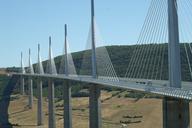First for Forth – the Queensferry Crossing in Scotland
The Queensferry Crossing, currently under construction across the Firth of Forth near Edinburgh, Scotland, is being built to carry most of the traffic that is currently carried by the magnificent Forth Road Bridge, which has been in service since 1964. When the new crossing opens in 2017, the older structure will become dedicated to public transport use, cycling and walking. The new bridge forms the centrepiece of a major upgrade to the important cross-Forth transport corridor in the east of Scotland, representing a total Scottish Government investment of approximately £1.35 bn.
Media
It is being constructed, on behalf of Transport Scotland, by Forth Crossing Bridge Constructors (FCBC) – a consortium of Hochtief from Germany, Dragados from Spain, American Bridge (USA) and Morrison Construction, originally from Scotland. The final design was undertaken by a joint venture comprising Grontmij, Gifford, Ramboll and Leonhardt Andrä and Partner, based on a specimen design by a Jacobs Arup joint venture.
The longest three-tower, cable-stayed bridge in the world
The 1.7 miles (2.7 km) structure will be the longest three-tower, cable-stayed bridge in the world, and also by far the largest to feature cables that cross mid-span. This innovative design increases strength and stiffness, allowing the structure to be more slender and elegant. The superstructure has a composite design, with a concrete deck slab and a steel box girder, and two main spans of 650 m each. The construction of this spectacular structure requires the use of some innovative technologies and exceptional components, such as the vertically oriented (transverse force) bearings between the bridge's towers and its deck.
The bridge's design necessitated the provision of vertically oriented (transverse force) bearings between the bridge's towers and its deck. The design of these RESTON®SPHERICAL bearings, which must offer a certain degree of compressibility in order to accommodate varying width of the gaps in which they are located, includes a special piston-like feature which allows the bearing to expand and contract with the gap, and a set of six disc springs arranged around the bearing's concave sliding surface. These springs are in a constant state of compression – regardless of gap width – thanks to an appropriate preloading, and thus keep the bearing's calotte pressed against the sliding plate on the tower, even as the gap width increases. These bearings have now been installed, as shown in the photograph at one tower location.
Largest-movement modular expansion joints ever manufactured
Another key component of bridges in general, and of very long bridges in particular, is the expansion joint, which accommodates deck movements while providing a safely traversable surface for traffic at the ends of each deck section. The longer the bridge, of course, the greater the movements which must generally be accommodated by its expansion joints – in particular, those resulting from the expansion and contraction of the deck with varying temperature. For the 2.7-kilometer length of the Queensferry Crossing, expansion joints were required which can accommodate longitudinal movements of 2300 mm at the south abutment and 1700 mm at the north abutment. With its great ability to also facilitate transverse and vertical movements, and rotations about any axis, joints of the modular type were the preferred choice. To address the need to avoid disturbing noise from vehicle wheels as they traverse the joints, it was decided to equip the joints with noise-reducing surface plates (so-called "sinus plates"). The largest of these TENSA®MODULAR expansion joints have 23 movement gaps, each gap allowing 100 mm of movement due to the sinus plates which bridge the individual gaps. The joints are among the largest-movement modular expansion joints ever manufactured, and the largest that feature noise-reducing surface plates.
Further noise-reduction required and possible
To further limit noise from the expansion joints as traffic passes over them, they were equipped with a second noise-reduction feature, which tackles noise emanating from the underside of the joints. This type of noise transmission can be addressed by enclosing the space beneath an expansion joint of any type using flexible, noise-trapping membranes, and providing noise-absorbing "ropes" inside the enclosed area to reduce the intensity of the sound. The ROBO®MUTE system applied to the underside of the expansion joints has been shown, in independent testing in 2012, to reduce noise directly beneath the joint by up to 13 dB.
The design of the modular expansion joints themselves was primarily based on ETAG 032, European Technical Approval Guideline – Expansion joints for road bridges and EN 1991-2 Eurocode 1: Actions on structures - Part 2: Traffic loads on bridges. Other applicable standards included EN 1090-2 (Execution of steel structures and aluminium structures - Part 2: Technical requirements for steel structures) and EN 1993-1 (Eurocode 3: Design of steel structures - Part 1), with special national and project-specific requirements also applying. A design working life of 50 years was allowed for – the maximum value per ETAG 032-1, Section 2.3.4.
The design of the bridge, with separate superstructures for northbound and southbound traffic, called for two expansion joints at each abutment, each with a length of over 17 m. To avoid the need to weld joint sections together on site, the expansion joints were delivered from the factory in Shanghai to the site in Scotland with their total length of over 17 m, a width of over 5 m and a weight of 55,000 kg – a challenge in its own right.
Strong spirit of cooperation as key success factor
The entire process of selecting, designing, detailing and delivering the optimal expansion joint solution for a major structure such as the Queensferry Crossing requires a strong spirit of cooperation between the specialist supplier and the bridge's designer and construction contractor. In particular, an understanding of joint-specific issues (during the construction stage and long term) on the part of the bridge construction team is very important, as is the timely consideration of the expansion joints' needs and of the implications of their use.

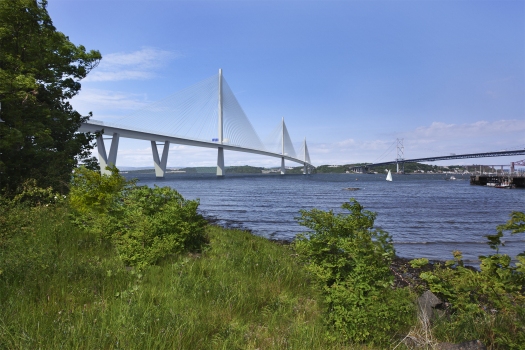
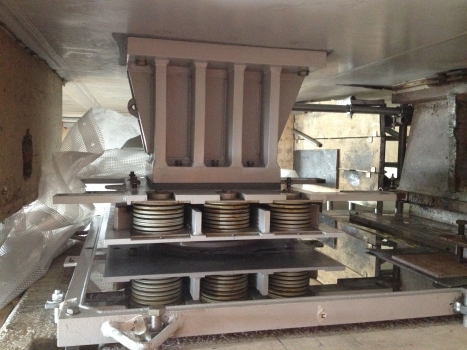
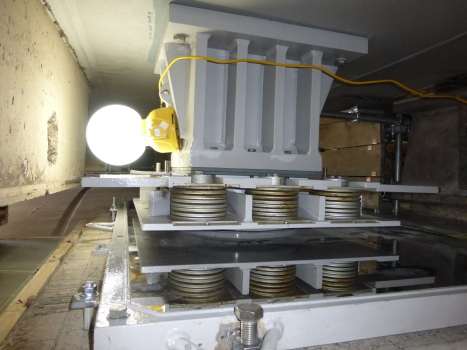
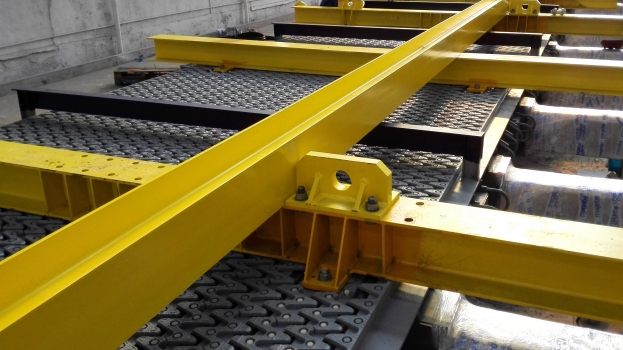
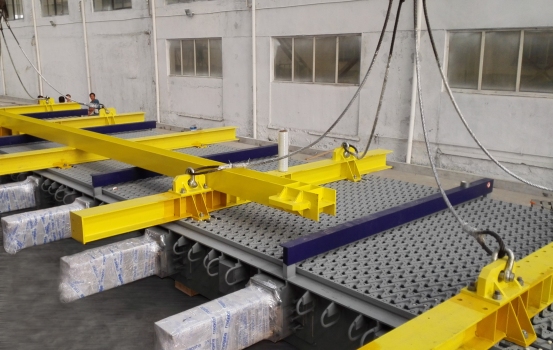
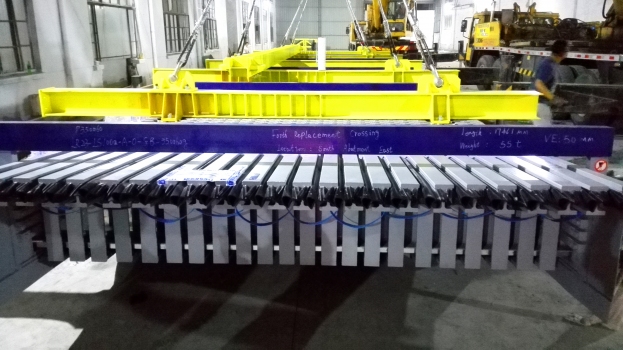
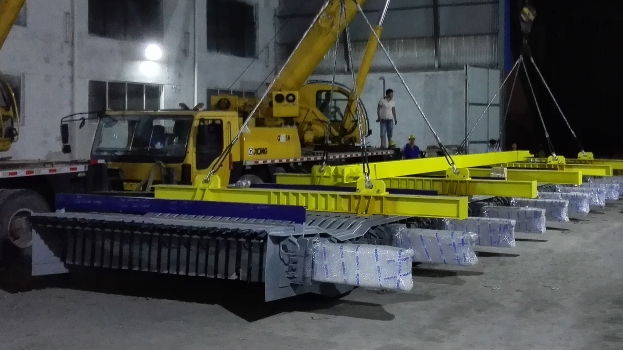
 mageba group
mageba group.jpg)
